Want the ultimate power?

- Want the ultimate power and freedom from pain and uncertainty?
- Dive deep within. – MWolken 2015
Relax to love & heal




you can do for your physical and emotional health.
Take time for a breathing break or come visit “Pain Away Island ” for some suggestions on how to unwind the pain and pent up emotions. You do not have to suffer from the “Smiley Face” addiction any more.
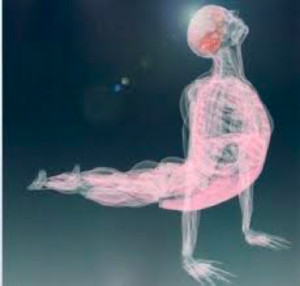

Probably the least understood part of the body, fascia are found in fluid bands or sheets of connective tissue fibers, that forms beneath the skin to attach, stabilize, enclose, communicate pain signals and separate muscles and other internal organs.
Made of flexible collagen structures, fascia are capable of resisting great unidirectional tension forces until the wavy pattern of fibers that straighten with a pulling force or becoming more gel like when relaxed. (Fascia are the pink colored fibers seen in the image above.)
Emerging science and client experience suggests that fascia play a very dynamic role in the cycle of injury – pain relief and recovery cycle.
Networked with memory, autonomic nervous system, brain hormones, vascular cells and musculo-skeletal systems, different layers of fascia seem to need different techniques to activate pain relief and release physical and emotional stress from different layers of fascia. – Mary Wolken PhD 2015
Image courtesy of stillpointmassage.com/fascia-whole-body.jpg
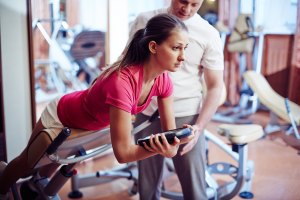
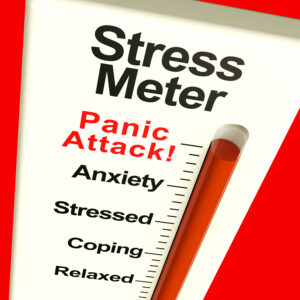
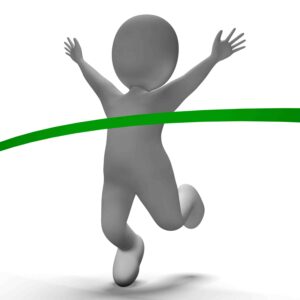
Next
Mary Wolken PhD can help you to reduce the overload and pain naturally and quickly.
One way to decrease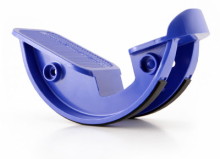 stress on calf, feet, leg and even hip muscles
stress on calf, feet, leg and even hip muscles
and increase muscle flexibility is by doing gentle stretches.
The second way to decrease lower body stress is to stand up and move around every 1/2 hour.
The more pliable a muscle becomes, the less likely you are to injure that muscle.
Many sports injuries and pain can be lessened by improving lower leg strength, balance and flexibility.
Try ProStretch to help increase muscle flexibility, balance and strength.
If you have suffered a lower body injury please Before using any of these devices please check with your health practitioner before doing any of these exercises or using the ProStretch.